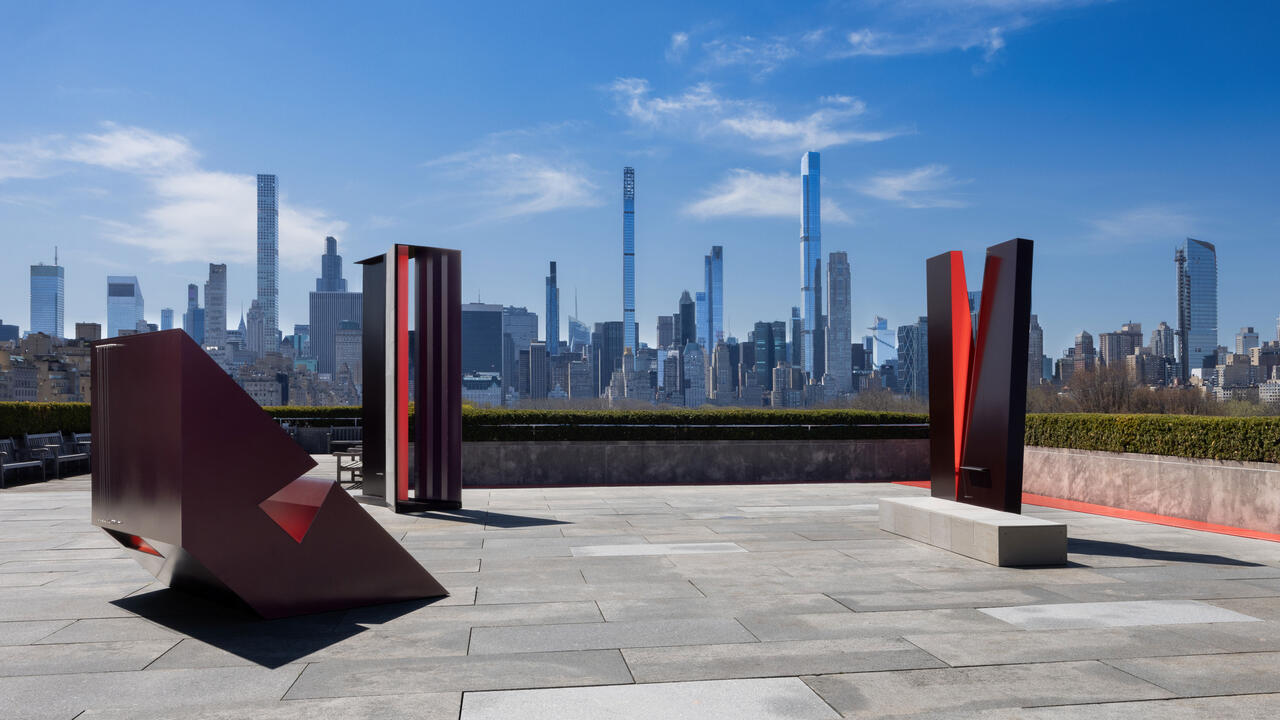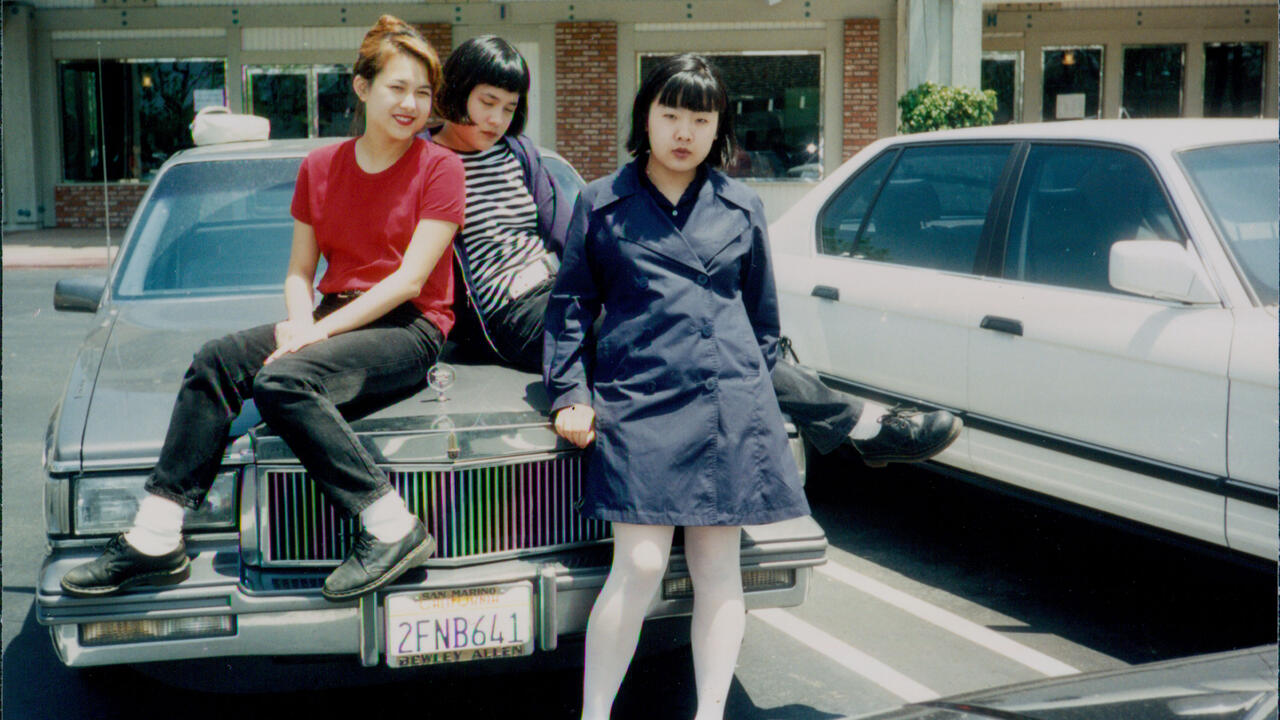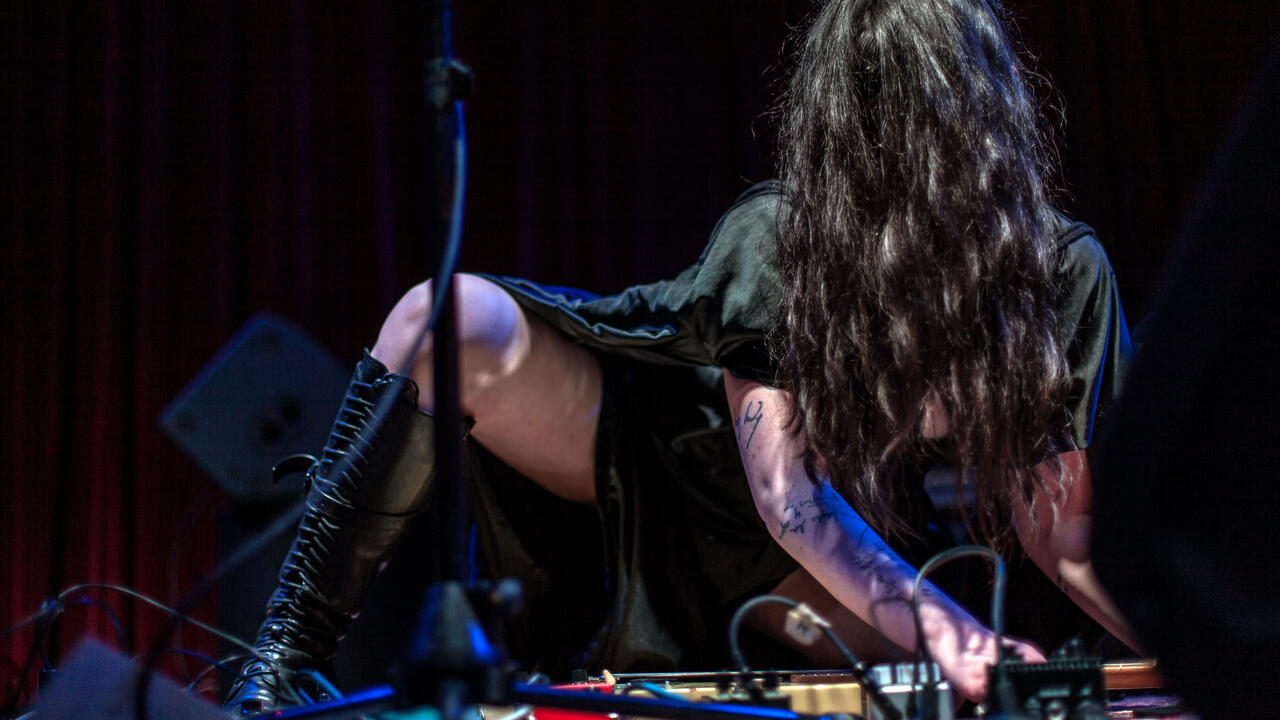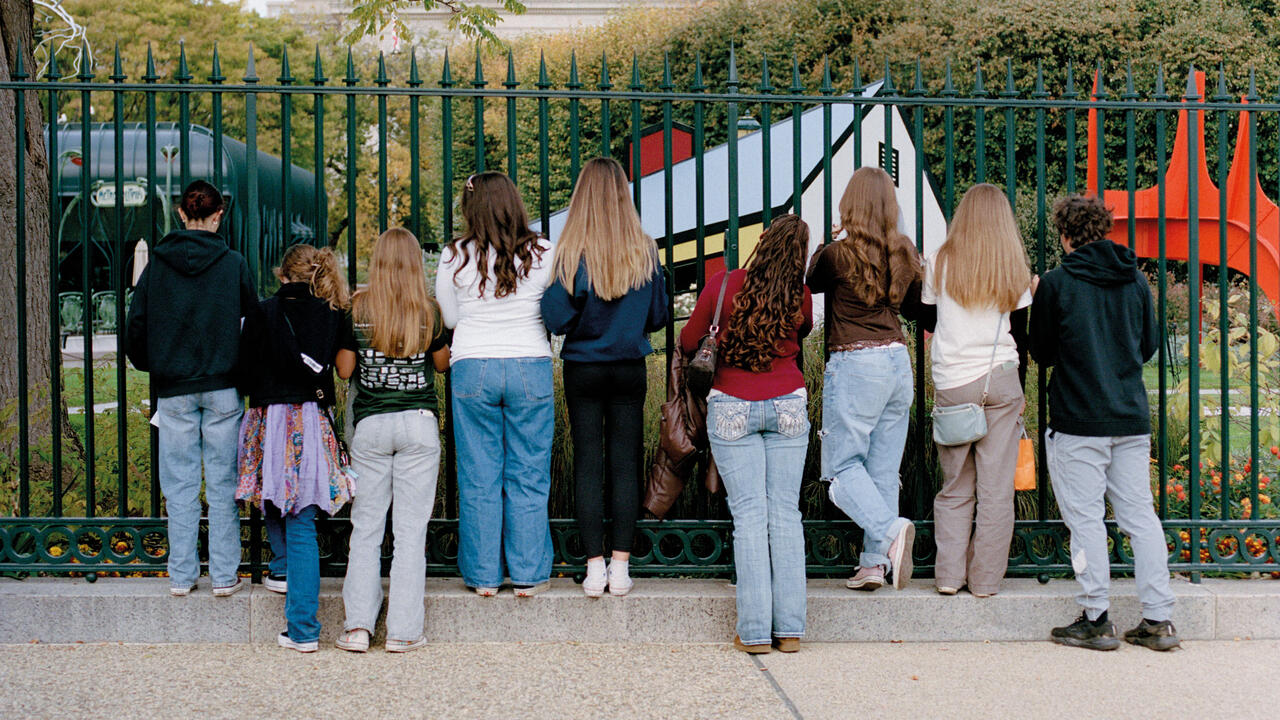Pitch Perfect
The highs and lows of ‘Auto-Tune’, the software used in almost every pop song released today
The highs and lows of ‘Auto-Tune’, the software used in almost every pop song released today
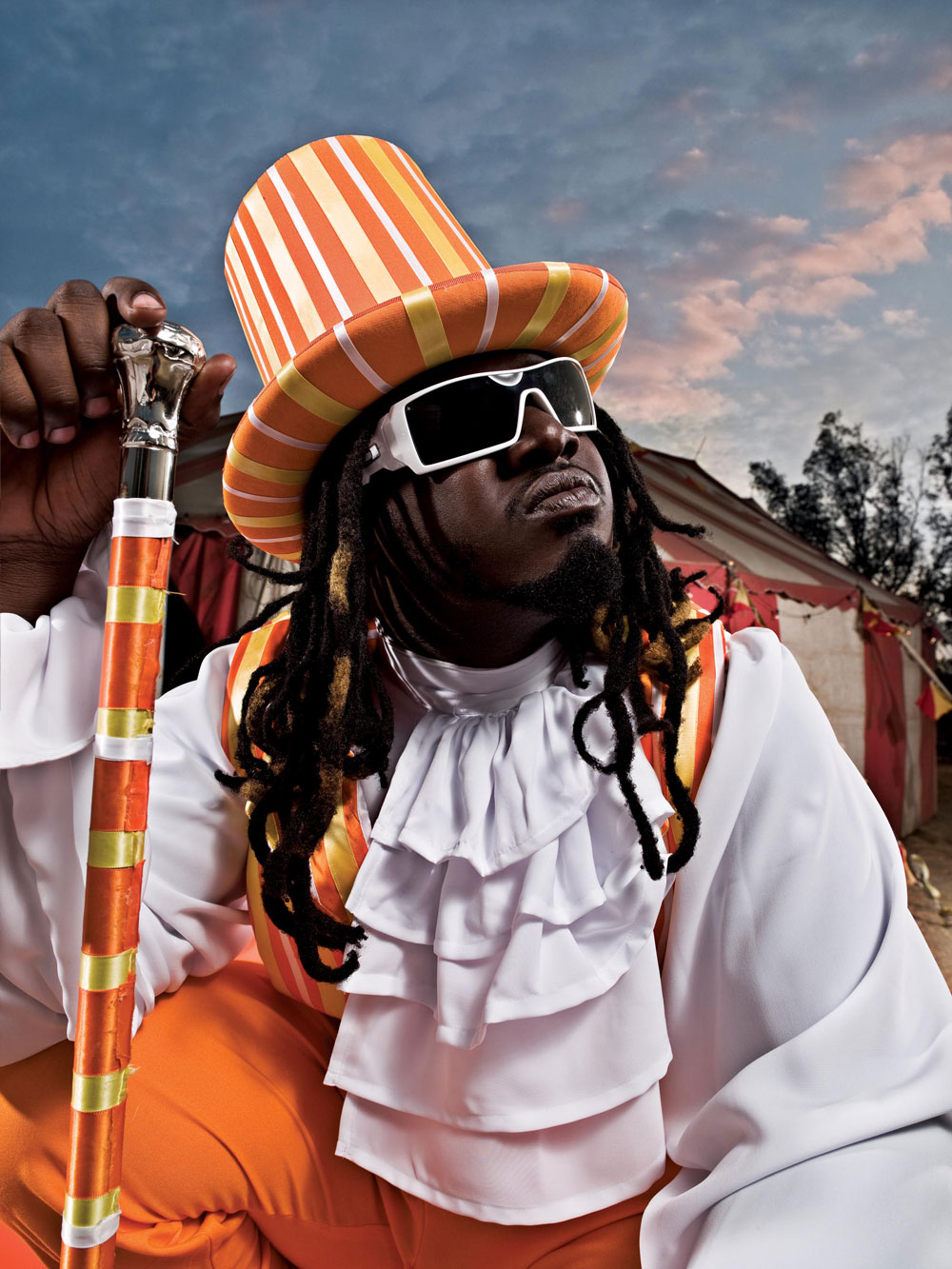
The most important piece of musical equipment of the last 10 years is not an instrument or a physical object. It’s called Auto-Tune and is used on roughly 90 per cent of all pop songs. It is what’s known as a ‘plug-in’, a specialized piece of software made to be inserted into other, bigger pieces of audio software. Auto-Tune bends off-key notes into pitch perfection. Auto-Tune was initially used discreetly to smooth over wrong notes. It is fitting that Cher’s 1998 single ‘Believe’ brought the first cosmetic (rather than corrective) use of Auto-Tune to mainstream visibility: when the taut skin and other side-effects of repeat plastic surgery form their own aesthetic, we can think of it in terms of Auto-Tune. Where you can hear certain phrases on ‘Believe’ go robotic – that’s Auto-Tune at work. Within a few years the production secret (and illegal copies of the expensive software) had seeped into studios worldwide, problematizing the connection between voice and body along the way.
Vocal purists hate Auto-Tune. They hear in its robotic modulations some combination of sugar-rush novelty, bulldozed nuance, jejune synthetics, loss of ‘soul’, disdain for innate vocal talent, teen-optimized histrionics, emotional anemia, and/or widespread musical decline. It’s ugly. Discussing US R&B singer T-Pain’s Auto-Tune-aided hits in 2007, music critic Jody Rosen declared that, ‘T-Pain represents a kind of symbolic severing of African-American music from its traditional emotionalism […] the impassioned melismas that have powered black popular singing for decades are smoothed into synthetic gasps.’
While performers like Lil Wayne do indeed send non-musical vocal sounds – gasps, raps, laughs – through Auto-Tune, T-Pain’s heavily imitated style is defined by lushing-up carefully sung choruses, making them more prominent precisely because of the cybernetic sheen. Rosen hears rupture and loss and, true, Auto-Tune redefines soulful singing and denies us obvious virtuosity. Yet the plug-in pushes talent into a different location, denaturalizing the voice as a locus of soul or skill. Using Auto-Tune effectively requires symbiosis with its digital algorithms. After joking about vocalists who ask him to ‘make their voice robotic’, Moroccan producer Wary says: ‘Sometimes you have great singers who don’t know how to use Auto-Tune and it sounds really bad.’ Traditional singing chops aren’t so useful in Auto-Tune’s world. It’s neither a fight with technology nor love of it; it’s more like glossy coexistence, a strange new dance of give-and-take.
T-Pain’s R&B isn’t the only example highlighting the ‘impassioned melismas’ that Rosen says ‘powered black popular singing’ before Auto-Tune messed everything up. Melisma is equally if not more prevalent in Maghrebi music. This explains the plug-in’s mind-boggling success across North Africa. Contemporary raï and Berber music embrace Auto-Tune so heartily precisely because glissandos are a central part of vocal performance (you can’t be a good singer unless your voice can flutter around those notes): sliding pitches sound startling through it. A weird electronic warble embeds itself in rich, throaty glissandos. The struggle of human nuance versus digital correction is made audible, dramatized. Quite literally this is the sound of voice and machine intermodulating – a far cry from Rosen’s conclusion that T-Pain uses the technology to ‘impersonate a computer’.
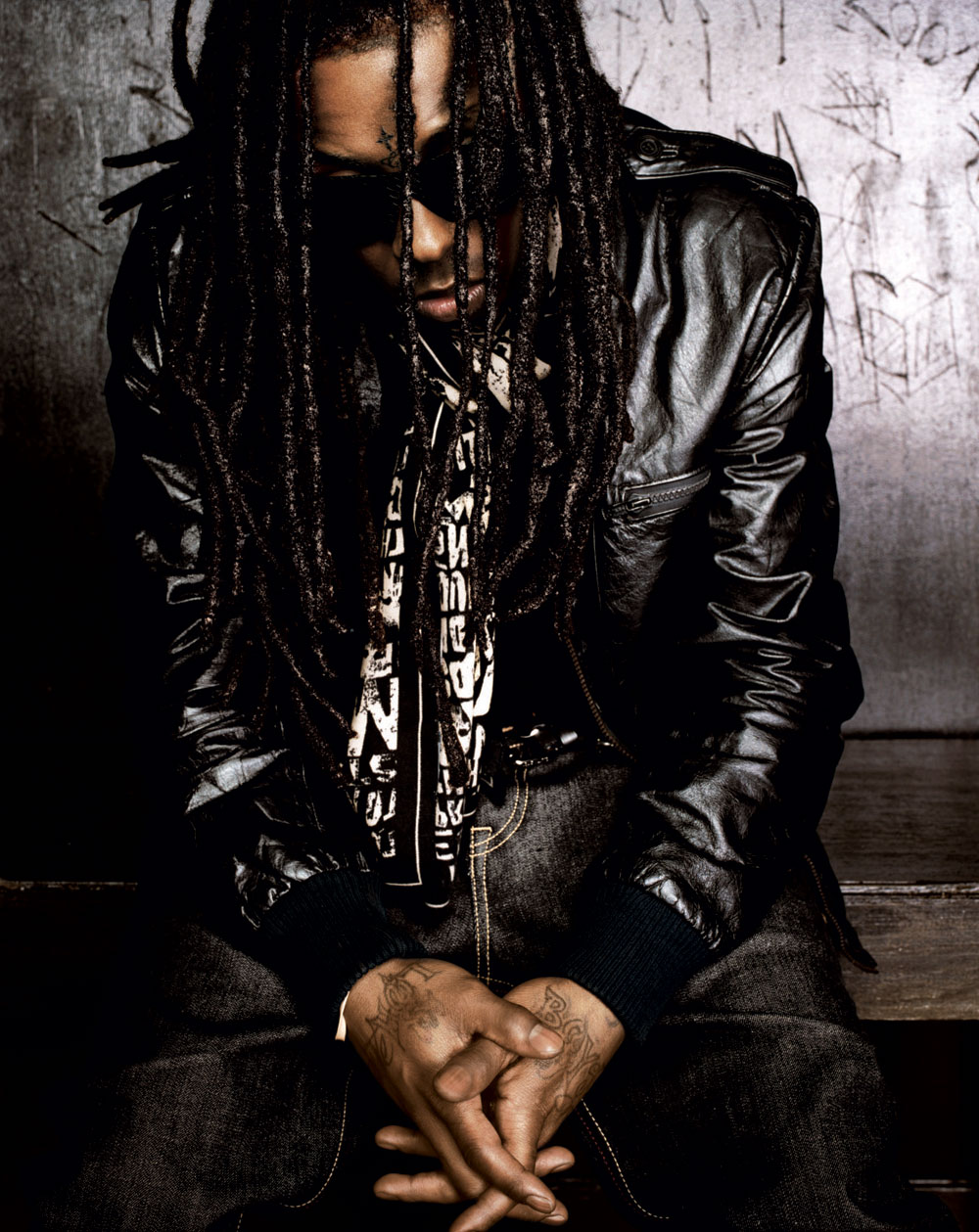
Unlike traditional effects such as reverb or echo, Auto-Tune actively responds to human error and pitch subtleties. It doesn’t flatten or smooth. Nor does it universalize. Ari Raskin, chief engineer of high-end Manhattan recording studio Chung King, explains, ‘if you sing really ‘on’ [key] then the effect is less drastic’. The software works hard to make wrong notes right, so correctly-pitched notes sound relatively natural. But a virtuoso will confound the software when sliding around notes. The interplay becomes complex.
Vocal runs that would sound bizarre without Auto-Tune have become necessary to create some now-common effects. The plug-in facilitates something analogous to a human-machine duet. Raskin has recorded with countless major vocalists, including best-selling rapper Lil Wayne. He says that, ‘99 per cent of all pop music has corrective Auto-Tuning.’ But when artists flamboyantly foreground its use, they sing and simultaneously listen to themselves being processed. Lil Wayne records with Auto-Tune on – no untreated vocal version exists. In an era of powerful computers that allow one to audition all manner of effects on vocals after the recording session, recording direct with Auto-Tune means full commitment. There is no longer an original ‘naked’ version. This is a cyborg embrace. In Cyborg Manifesto (1991), Donna Haraway notes that ‘the relation between organism and machine has been a border war.’ Auto-Tune’s creative deployment is fully compatible with her ‘argument for pleasure in the confusion of boundaries and for responsibility in their construction.’
A few months ago I heard a song from the Côte d’Ivoire. Twelve minutes long, Champion DJ’s ‘Baako’ is built around a baby crying through Auto-Tune. The software bends the baby’s anguish into eerie musicality. The ear likes it. The mind isn’t so sure.
‘Baako’ is disturbing. The aestheticized cry no longer corresponds to any normal emotion. Before Auto-Tune, we had no melodious screams. ‘Baako’ underscores the variety of uses – and histories – of Auto-Tune. At his home studio in the Parisian suburbs, Wary explained that Auto-Tune hit the Arab world with a single in 2000 by Algerian Chaba Djenet (below). Since the start of this decade, it’s been hard to find an album of North African Berber pop where the Tamazight dialect vocals don’t have full synthy Auto-Tune (it’s surprising how much a female voice can sound like a violin on these recordings). Over in Manhattan, Raskin ‘started seeing it as an effect regularly around 2001, with the boy band thing.’ On his recent album, 808s and Heartbreak (2008), Kanye West drenches his voice in Auto-Tune (and distortion). In idiosyncratic usage, West’s Auto-Tune dampens his outsize ego to make his tales of heartbreak appear more sympathetic.
From the US to Mexico, Jamaica, Africa, and beyond – Auto-Tune usage has splintered, with different approaches from scene to scene and artist to artist. (It remains the most sonically extreme in Berber Morocco.) The plug-in creates a different relation of voice to machine than ever before. Rather than novelty or some warped mimetic response to computers, Auto-Tune is a contemporary strategy for intimacy with the digital. As such, it becomes quite humanizing. Auto-Tune operates as a duet between the electronics and the personal. A reconciliation with technology. This development was sparked by a sexagenarian pop star and spread like wildfire across genre, language, and geography. We live in a world saturated by electronics and we’re finding ways to make that situation sing. T-Pain and the software manufacturer, Antares, are currently at work on bringing Auto-Tune to your mobile phone. The intimacy – or is that an invasion? – deepens.










